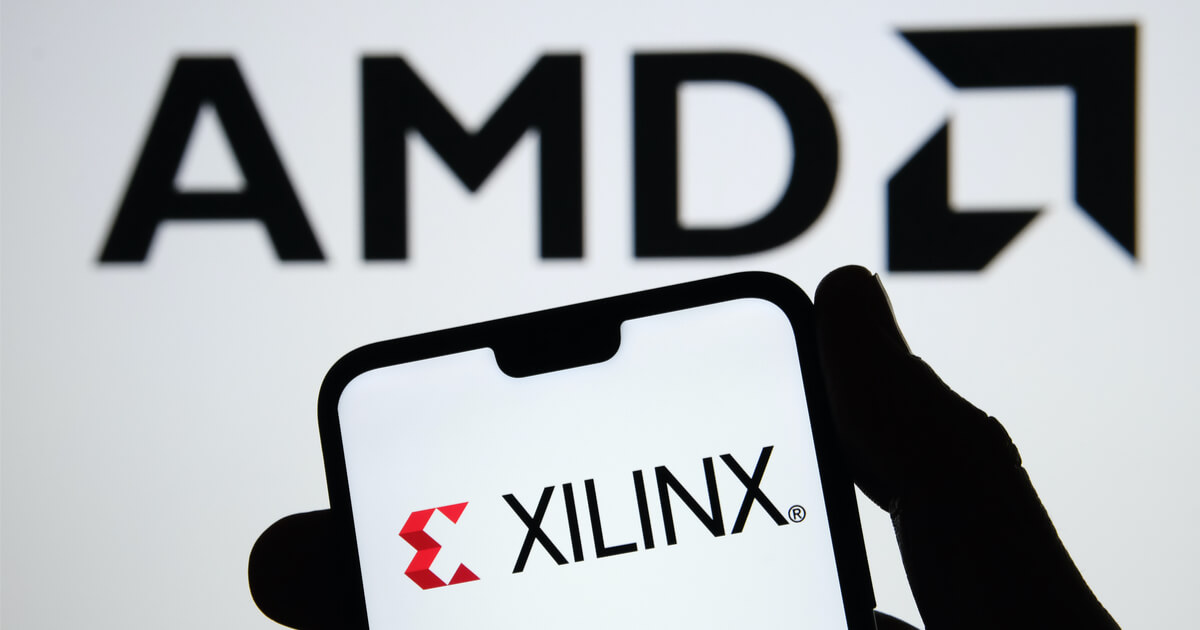Caroline Bishop
January 9, 2025 03:07
AMD is introducing optimizations to the visual language model, improving speed and accuracy in a variety of applications such as medical imaging and retail analytics.
Advanced Micro Devices (AMD) has announced significant improvements to Visual Language Models (VLMs), with a focus on improving the speed and accuracy of these models in a variety of applications, as reported by the company’s AI group. By integrating visual and textual data interpretation, VLM has proven essential in fields ranging from medical imaging to retail analytics.
Optimization technology for improved performance
AMD’s approach includes several key optimization techniques: Mixed-precision training and parallel processing allow VLM to merge visual and textual data more efficiently. These improvements allow for faster and more accurate data processing, which is critical in industries that require high accuracy and fast response times.
One notable technique is holistic pre-training, which trains the model on both image and text data simultaneously. This method builds stronger connections between forms, improving accuracy and flexibility. AMD’s pre-training pipeline accelerates this process, making it accessible to customers who lack extensive resources for large-scale model training.
Improved model adaptability
Command tuning is another improvement that allows models to accurately follow specific prompts. This is especially useful for targeted applications such as tracking customer behavior in a retail environment. AMD’s instruction tuning improves the precision of models in these scenarios, providing customers with tailored insights.
In-context learning, a real-time adaptive feature, allows the model to adjust its response based on input prompts without further fine-tuning. This flexibility is advantageous for structured applications, such as inventory management, where models can quickly classify items based on specific criteria.
Addressing the limitations of visual language models
Existing VLMs often struggle with sequential image processing or video analysis. AMD addresses these limitations by optimizing the hardware’s VLM performance and facilitating smoother sequential input processing. These advances are critical for applications that require contextual understanding over time, such as monitoring disease progression in medical imaging.
Improved video analytics
AMD’s improvements extend to video content understanding, a challenging area for standard VLM. By simplifying processing, AMD enables models to process video data efficiently, allowing you to quickly identify and summarize key events. This feature is particularly useful in security applications where it reduces the time required to analyze extensive footage.
Full-stack solution for AI workloads
AMD Instinct™ GPUs and the open source AMD ROCm™ software stack form the backbone of these advancements, supporting a wide range of AI workloads from edge devices to the data center. ROCm’s compatibility with major machine learning frameworks enhances the deployment and customization of VLMs, fostering continuous innovation and adaptability.
AMD significantly reduces training time by reducing model size and increasing processing speed through advanced technologies such as quantization and mixed-precision training. These features make AMD’s solutions suitable for a variety of performance requirements, from autonomous driving to offline image creation.
For additional insight, explore resources on Vision-Text Dual Encoding and LLaMA3.2 Vision available through the AMD Community.
Image source: Shutterstock

